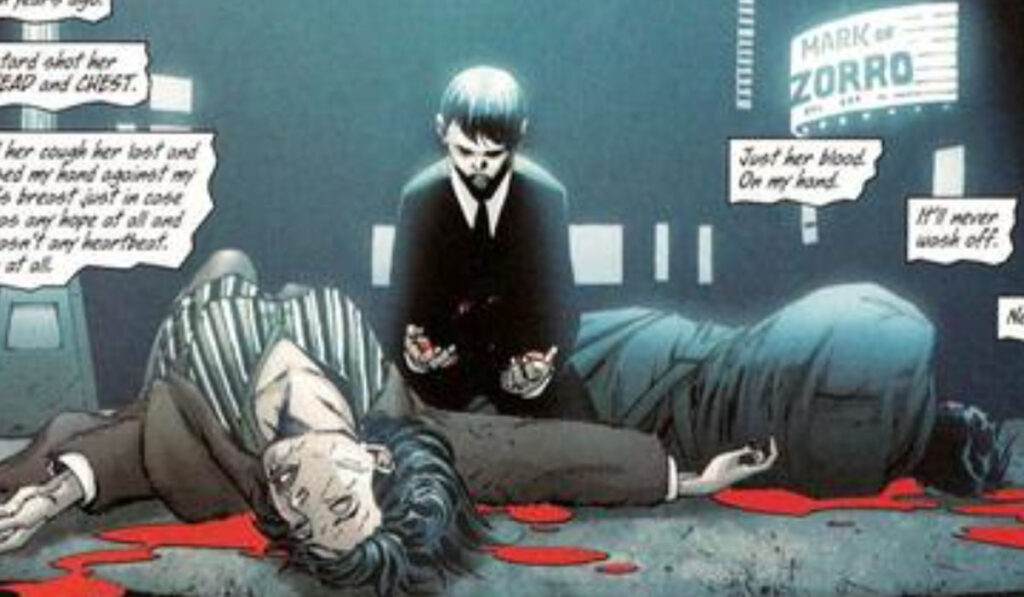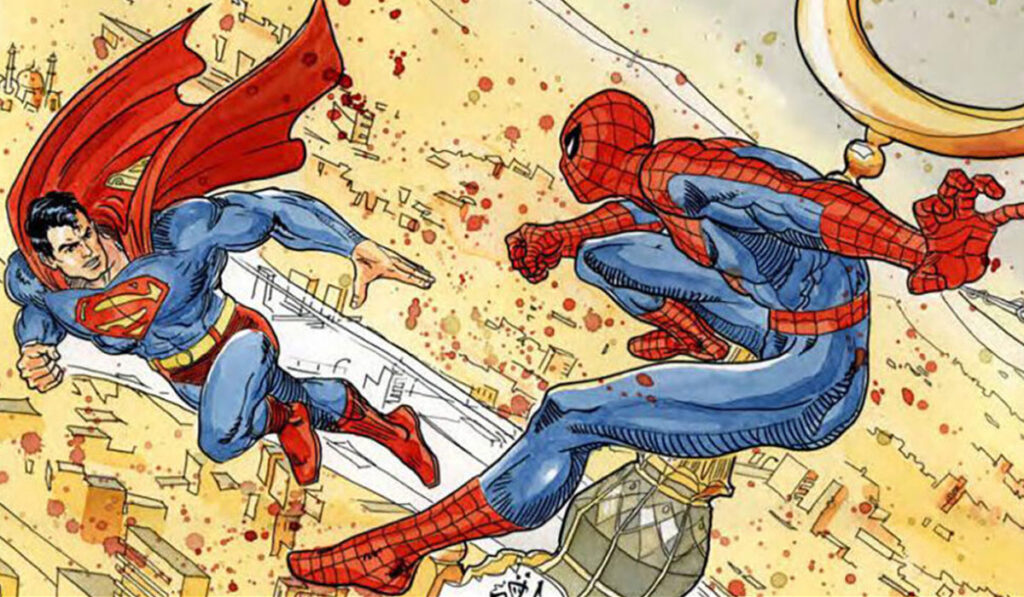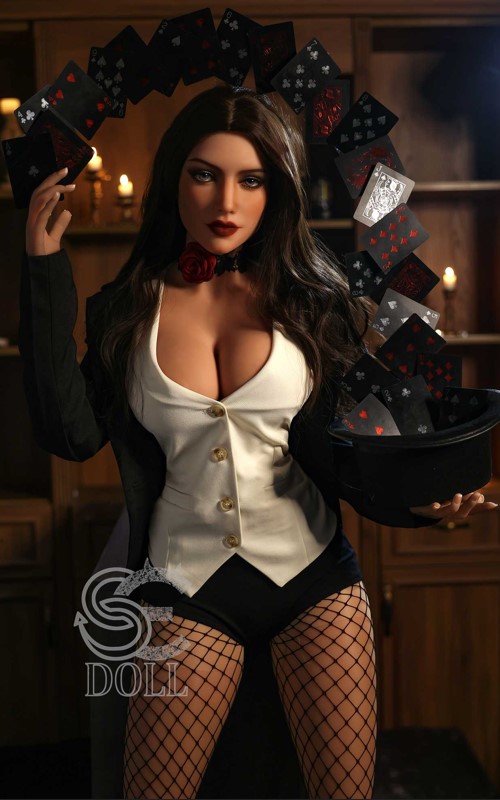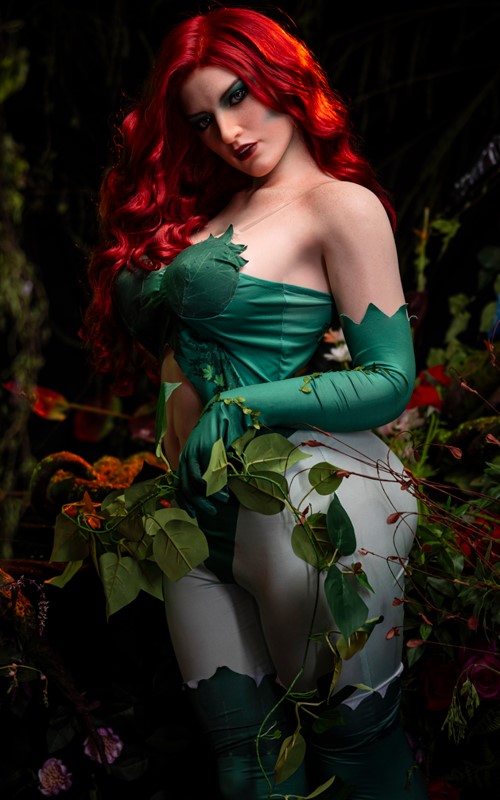The universe of DC Comics is one of the foundational pillars of modern graphic storytelling. With a history that spans nearly a century, DC has built a multiverse full of iconic characters, parallel worlds, gods, villains, and heroes that have left an indelible mark on global pop culture. From its origins to the present, DC Comics has evolved in style, tone, and complexity, always maintaining an essence that blends mythology, darkness, hope, and moral conflict.
What is DC Comics?
DC Comics, originally known as National Allied Publications, was founded in 1934 by Malcolm Wheeler-Nicholson. The name “DC” comes from its famous “Detective Comics” series, which debuted in 1937 and featured the first appearance of Batman in issue #27, published in 1939. However, the first comic officially considered part of DC Comics is Action Comics #1, released in 1938, which introduced Superman and marked the birth of the modern superhero.
Since then, DC Comics has been responsible for some of the most influential characters in comic book history, including Wonder Woman, The Flash, Green Lantern, Aquaman, and many more. Its approach has been characterized by a more serious and psychological tone compared to other universes, exploring themes of justice, identity, sacrifice, and duality.

The Multiverse of DC Comics
One of the most fascinating elements of the DC Comics universe is its multiversal structure. Unlike a single linear canon, DC Comics explores multiple parallel realities. This allows for narrative reboots, alternate versions of characters, and events that occur on different Earths, such as Earth-1 (the main continuity), Earth-2 (a more classic version), or Earth-3 (a universe where heroes are villains and vice versa).
Events like Crisis on Infinite Earths, Flashpoint, Infinite Crisis, or Dark Nights: Death Metal have redefined continuity, often merging or destroying entire universes. This approach has allowed for great creative flexibility and keeps readers engaged by allowing heroes to evolve in various contexts.
Batman: The Dark Knight and His Legacy
Batman is arguably the most iconic character in the DC Comics universe. His story begins with the tragic murder of his parents in a Gotham alley, which drives Bruce Wayne to become a caped vigilante without superpowers but with a brilliant mind, exceptional combat skills, and unwavering will.
What makes Batman unique is his duality: the philanthropic billionaire versus the dark crusader. Over the years, he has faced a gallery of complex villains like Joker, Bane, Ra’s al Ghul, Scarecrow, and many more. He has also had numerous allies such as Robin (in various incarnations), Batgirl, Alfred, and the Justice League.
His story has been reimagined by authors like Frank Miller, Grant Morrison, and Scott Snyder, who have delved into his psychology, ethics, and urban mythology. Batman represents the battle between chaos and order, justice without powers, and the relentless fight against corruption.
Zatanna: Magic, Legacy, and Theatricality
Silicon Doll Of Zatanna Zatara
Zatanna: the enchanting sorceress of DC Comics
[su_spacer size=”10″] [su_animate][su_testimonial photo=”https://otakudolls.com/wp-content/uploads/2025/02/zatanna-zatara-face-016-sed275.jpg”]I don’t need a wand or a staff. Magic is who I am.[/su_testimonial][/su_animate] With her limitless magical abilities, captivating personality, and deep connections to DC’s greatest heroes, Zatanna remains one of the most powerful and beloved characters in the DC Universe.[su_spacer size=”10″] [su_animate type=”fadeInDown” duration=”2″ delay=”0.5″] [su_label type=”success”]Shipping costs INCLUDED[/su_label] [su_label type=”warning”]PURCHASE with full GUARANTEES[/su_label] [/su_animate] [su_spacer size=”5″]
Zatanna Zatara is one of the most fascinating heroines in DC Comics. Daughter of magician Giovanni Zatara, Zatanna is a powerful sorceress who casts spells by speaking backwards. Beyond her magical lineage, she is a stage performer, which adds a theatrical flair to her style.
Zatanna has been a member of the Justice League and Justice League Dark, facing supernatural threats that go beyond the reach of traditional heroes. Her story touches on themes of heritage, responsibility, and the fine line between good and evil in the use of magic.
Her popularity has grown in recent years thanks to appearances in comics, animated series, and video games. She stands as a symbol of feminine power, mystery, and ancient wisdom in the DC Comics universe.
The Flash: The Scarlet Speedster Who Defies Time
The Flash is a cornerstone of DC Comics and has played a key role in multiple universe-defining events like Flashpoint. Several characters have taken up the Flash mantle, with Barry Allen and Wally West being the most prominent.
Flash draws his power from the Speed Force, a cosmic energy that allows him to move at incredible speeds, travel through time, and vibrate between dimensions. Beyond his powers, Flash symbolizes hope, optimism, and the ability to change destiny.
His rogue’s gallery includes Captain Cold, Reverse-Flash, and Gorilla Grodd. Flash’s story is filled with personal sacrifices, loss, and redemption, and his humanity makes him a fan favorite.
Aquaman: King of Atlantis and Guardian of the Ocean
Aquaman, also known as Arthur Curry, is the ruler of Atlantis and one of the most underrated yet powerful heroes in the DC Comics universe. Half-human and half-Atlantean, his story combines elements of royalty, divided identity, and environmental responsibility.
Long seen as a secondary character, Aquaman has gained significant popularity in recent years thanks to more epic portrayals in both comics and film. His ability to communicate with marine life, superhuman strength, and iconic trident make him a protector of the ocean and a defender of natural balance.
Aquaman also faces internal conflicts such as balancing his duties as king with his desire to help humanity. His lore includes rivalries with Ocean Master and Black Manta, as well as alliances with Mera, his queen and a formidable warrior in her own right.
The Life Lessons and Morality of DC Comics

One of the most enduring elements of DC Comics is its rich reservoir of moral and philosophical lessons. Each character, arc, and universe carries a unique set of values and existential questions, offering readers not just entertainment but also profound insights into life, identity, justice, and humanity.
Superman, often seen as the moral compass of the DC Universe, teaches us about humility, responsibility, and the power of doing good even when one possesses immense strength. His motto, “Truth, Justice, and a Better Tomorrow,” reminds us that idealism is not weakness but courage. Despite being an alien, Superman constantly strives to be more human, showing us the value of compassion and self-restraint.
Batman, on the other hand, reflects the complexity of human trauma, vengeance, and redemption. He operates from the shadows, but his fight is rooted in hope and the belief that even the darkest city can be saved. Through Batman, DC Comics explores the importance of perseverance, moral discipline, and the fine line between justice and obsession.
Wonder Woman embodies the intersection of strength and empathy. As a warrior raised in a world of peace and honor, she teaches readers about equality, diplomacy, and standing firm in one’s truth. Her compassion is not a weakness but a weapon, often more powerful than brute force.
The Flash offers lessons in time, consequences, and forgiveness. By confronting alternate versions of himself and changing timelines, he embodies the struggle of learning from one’s mistakes and the desire to make things right. He teaches that no matter how fast you run, you can’t outrun accountability.
Moreover, DC’s villains are not merely evil—they are often tragic, broken, or ideologically opposed to the heroes. From the Joker’s nihilism to Lex Luthor’s obsession with superiority, these characters force us to question the nature of morality, ego, and the consequences of unchecked ambition.
In this way, DC Comics becomes more than a collection of superhero stories. It becomes a philosophical landscape where readers are invited to reflect on their values, confront ethical dilemmas, and imagine a world where moral courage defines true heroism.
Silicon Doll Of Poison Ivy
Poison Ivy: the deadly beauty of Gotham City
[su_spacer size=”10″] [su_animate][su_testimonial photo=”https://otakudolls.com/wp-content/uploads/2025/02/poison-ivy-face-sp132.jpg”]Nature always wins.[/su_testimonial][/su_animate] Poison Ivy is a complex and captivating character, blending beauty, intelligence, and deadly power. Whether facing off against Batman, teaming up with Harley Quinn, or protecting the planet, she remains a beloved figure in DC Comics. As the DC Universe continues to evolve, fans eagerly await her next big-screen appearance.[su_spacer size=”10″] [su_animate type=”fadeInDown” duration=”2″ delay=”0.5″] [su_label type=”success”]Shipping costs INCLUDED[/su_label] [su_label type=”warning”]PURCHASE with full GUARANTEES[/su_label] [/su_animate] [su_spacer size=”5″]
What is DC Comics Like Today?
DC Comics is currently undergoing a phase of renewal and expansion. With the creation of the new “DC Universe” led by James Gunn and Peter Safran, the company aims for a coherent narrative across film, television, animation, and video games. In the comics, storylines like Dark Crisis, Infinite Frontier, and Dawn of DC signal new eras for its characters.
Additionally, DC Comics has committed to diversity and representation, introducing new versions of its heroes, such as Jon Kent (Superman’s son), Yara Flor (a new Wonder Girl), and inclusive reinterpretations of classic characters. The brand has also expanded its presence on digital platforms, reaching new generations of readers.
DC Comics continues to experiment with artistic styles, innovative narrative structures, and story arcs that tackle contemporary issues like the environment, artificial intelligence, and gender identity. This evolution keeps DC Comics a benchmark not only in entertainment but also in cultural reflection.
DC Comics in Animation and Television
One of the strongest pillars of DC Comics’ cultural reach has been its presence in animation and television. Series like Batman: The Animated Series, Justice League Unlimited, and Teen Titans have become iconic for their storytelling depth, animation quality, and emotional complexity. These shows introduced younger audiences to characters and lore in a format that respected the intelligence of its viewers while staying true to the tone of the comics.
More recently, live-action series such as Arrow, The Flash, Supergirl, and Titans have formed what fans refer to as the Arrowverse. This interconnected universe of CW shows has allowed DC Comics to expand its storytelling across multiple series, tying together various heroes and exploring crossovers that celebrate fan-favorite moments from the comics.
DC Comics and Its Influence on Pop Culture
DC Comics has profoundly shaped pop culture for decades. Its heroes and villains are not just comic book characters—they are cultural icons. Superman’s “S” symbol is recognized around the world as a beacon of hope. Batman’s silhouette is synonymous with determination and resilience. Wonder Woman stands as a symbol of justice, strength, and gender equality.
From art and fashion to philosophy and literature, DC Comics’ characters and stories have been referenced, reinterpreted, and honored across media and academia. The moral complexity and philosophical themes explored in DC Comics have inspired not only readers but also creators in film, literature, and music. Its legacy continues to grow as new generations discover the timeless appeal of its mythologies.
The DC Comics Fandom
A vital force behind the success and longevity of DC Comics is its vibrant and dedicated fandom. Across generations, fans of DC Comics have formed an expansive global community that celebrates the stories, characters, and themes that define the universe. Whether through cosplay, fan art, conventions, online forums, or academic analysis, the DC fandom engages with its source material with deep passion and insight.
Major conventions like San Diego Comic-Con, New York Comic Con, and DC FanDome provide platforms for fans to connect with creators, share theories, showcase costumes, and celebrate all things DC. These events have also become important stages for new announcements, exclusive content, and fan-driven initiatives. DC FanDome, in particular, has become a flagship virtual experience where fans worldwide participate in panels, previews, and interactive activities.
Online, the DC fandom thrives on platforms like Reddit, Twitter (X), TikTok, and YouTube, where fans analyze story arcs, debate character developments, and celebrate their favorite heroes and villains. Communities like r/DCcomics or DC-specific channels regularly delve into complex lore and speculate on upcoming narratives.
The fandom is also notable for its diversity. DC fans come from all walks of life, and the company has increasingly embraced this inclusivity by expanding representation in its characters and stories. This two-way relationship—between the creators and the fans—has kept DC Comics evolving, with feedback and enthusiasm from its audience playing a critical role in shaping its future.
From fan fiction to editorial campaigns (such as #ReleaseTheSnyderCut), DC fans have demonstrated their influence and collective power. Their loyalty and emotional investment turn DC Comics from a publishing brand into a living, breathing cultural movement.

A Universe in Constant Evolution
The DC Comics universe is a galaxy of stories, ideas, and emotions. From Gotham’s dark alleys to the multiverse’s outer edges, its characters speak to us of inner struggle, the quest for justice, the power of magic, the balance of nature, and the speed to change fate. With nearly 90 years of history, DC Comics remains an inexhaustible source of inspiration and creativity.
If you’ve ever wondered why DC Comics remains so relevant, the answer lies in its characters, its ability to reinvent itself, and its commitment to telling stories that resonate with our own inner battles.
And you—what part of the DC Comics universe do you connect with the most?
more product in the store


